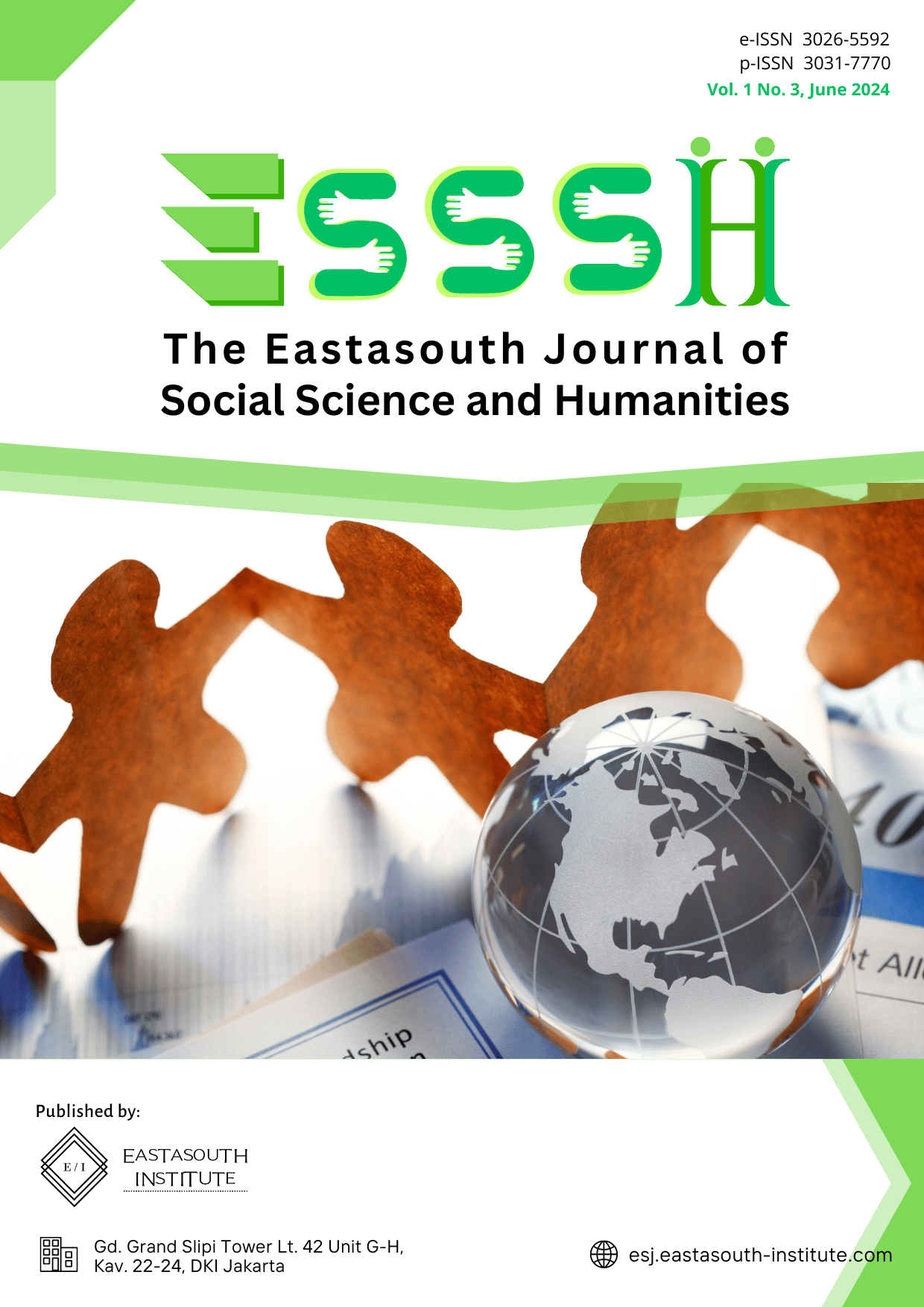The Interplay of Compensation and Working Facilities on Local Tax Revenue: A Data Panel Evidence of Municipalities in East Borneo
Main Article Content
Abstract
This study investigates the relationship between employee compensation, working facilities, and local tax revenue generation in East Kalimantan Province, Indonesia. Utilizing panel data multiple linear regression analysis, the research analyzes financial reports from ten Regencies and Cities (Balikpapan, Samarinda, Bontang, Kutai Timur, Kutai Barat, Kutai Kartanegara, Penajam Paser Utara, Berau, Mahakam Ulu, and Paser) over the period of 2017-2023. Employee compensation, represented by growth of employee expenditures (PBP), captures the year-to-year increase in personnel costs. Working facilities, represented by growth of goods and service expenditures (PBBJ), reflect the year-to-year change in spending on operational resources. The findings reveal a positive association between both growth in employee expenditures and growth in goods and services expenditures with local tax revenue, but these relationships are not statistically significant. This suggests that factors beyond employee compensation and working facilities likely play a more prominent role in driving regional tax revenue growth.
Article Details

This work is licensed under a Creative Commons Attribution-ShareAlike 4.0 International License.
References
T. S. Kurniawan and D. R. Irmawati, “Analysis of the Effect of Employee Spending, Goods Shopping and Capital Expenditure on the Realization of Tax Revenue in Indonesia,” Media Trend, vol. 16, no. 2, pp. 203–214, 2021, doi: https://doi.org/10.21107/mediatrend.v16i2.7690.
S. Barrios, F. Coda Moscarola, F. Figari, and L. Gandullia, “Size and distributional pattern of pension-related tax expenditures in European countries,” Int. Tax Public Financ., vol. 27, pp. 1287–1320, 2020, doi: https://doi.org/10.1007/s10797-019-09580-7.
D. R. Mullins, “Tax and expenditure limitations and the fiscal response of local government: Asymmetric intra‐local fiscal effects,” Public Budg. Financ., vol. 24, no. 4, pp. 111–147, 2004, doi: https://doi.org/10.1111/j.0275-1100.2004.00350.x.
F. Herzberg, B. B. Snyderman, and B. Mausner, The motivation to work: 2d Ed. J. Wiley, 1966.
F. Herzberg, “The motivation-hygiene concept and problems of manpower.,” Pers. Adm., 1964.
S. Alrawahi, S. F. Sellgren, S. Altouby, N. Alwahaibi, and M. Brommels, “The application of Herzberg’s two-factor theory of motivation to job satisfaction in clinical laboratories in Omani hospitals,” Heliyon, vol. 6, no. 9, 2020, doi: https://doi.org/10.1177/0018578717736242.
H. Phillips et al., “Commentary: Exploring novel approaches to staff rewards and recognition,” Hosp. Pharm., vol. 52, no. 11, pp. 729–731, 2017.
S. Bhatia and B. Purohit, “What motivates government doctors in India to perform better in their job?,” J. Health Manag., vol. 16, no. 1, pp. 149–159, 2014, doi: https://doi.org/10.1177/0972063413518691.
D. A. Sachau, “Resurrecting the motivation-hygiene theory: Herzberg and the positive psychology movement,” Hum. Resour. Dev. Rev., vol. 6, no. 4, pp. 377–393, 2007, doi: https://doi.org/10.1177/1534484307307546.
J. A. Woodworth, “Predictive factors impacting intent-to-stay teaching for associate degree adjunct clinical nurse faculty,” Teach. Learn. Nurs., vol. 11, no. 4, pp. 147–151, 2016, doi: https://doi.org/10.1016/j.teln.2016.06.006.
D. Karaferis, V. Aletras, M. Raikou, and D. Niakas, “Factors influencing motivation and work engagement of healthcare professionals,” Mater. Sociomed., vol. 34, no. 3, p. 216, 2022, doi: https://doi.org/10.5455/msm.2022.34.216-224.
S. H. Shaikh, H. Shaikh, and S. Shaikh, “Using Herzberg theory to develop the employees’ performance of Rafhan maize industry,” Int. J. Manag., vol. 10, no. 3, 2019, doi: https://doi.org/10.34218/ijm.10.3.2019/001.
Z. M. Thant, “Assessing the determinants of Myanmar government employees’ job satisfaction through Herzberg’s two-factor theory,” Chinese Public Adm. Rev., vol. 14, no. 1, pp. 27–38, 2023, doi: https://doi.org/10.1177/15396754221137193.
X. Jiang, Ed., “Interdisciplinary Insights on Interpersonal Relationships.” IntechOpen, Rijeka, 2023. doi: 10.5772/intechopen.98105.
R. M. Bird and E. M. Zolt, “Technology and taxation in developing countries: From hand to mouse,” Natl. Tax J., vol. 61, no. 4, pp. 791–821, 2008.
J. Martinez-Vazquez and R. M. McNab, “The tax reform experiment in transitional countries,” Natl. Tax J., vol. 53, no. 2, pp. 273–298, 2000.
O.-H. Fjeldstad and J. Semboja, “Why people pay taxes: The case of the development levy in Tanzania,” World Dev., vol. 29, no. 12, pp. 2059–2074, 2001.
L. B. Gobena and M. Van Dijke, “Power, justice, and trust: A moderated mediation analysis of tax compliance among Ethiopian business owners,” J. Econ. Psychol., vol. 52, pp. 24–37, 2016, doi: https://doi.org/10.1016/j.joep.2015.11.004.
G. N. Ofoegbu and D. O. Akwu, “Empirical analysis of effect of tax revenue on economic development of Nigeria,” Int. J. Asian Soc. Sci., vol. 6, no. 10, pp. 604–613, 2016, doi: https://doi.org/10.18488/journal.1/2016.6.10/1.10.604.613.
J. M. V Suratno, “Taxes, revenues and capital expenditure as determinants of financial sufficiency of regional government,” 2020, doi: https://doi.org/10.35808/ijeba/461.

